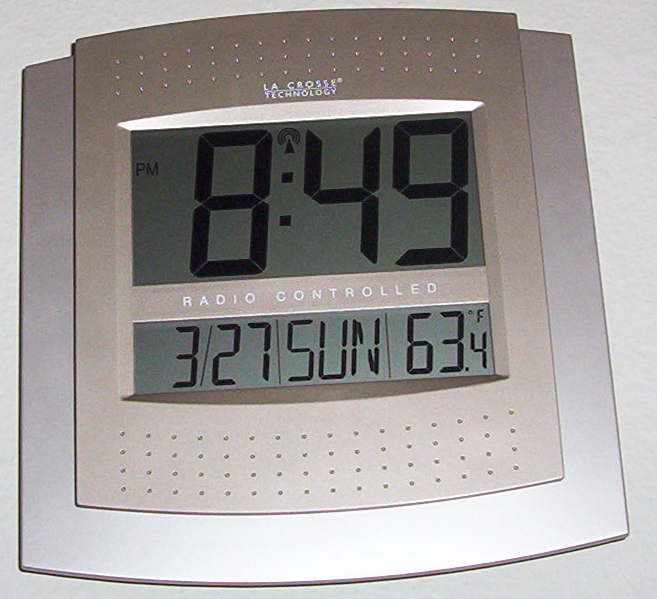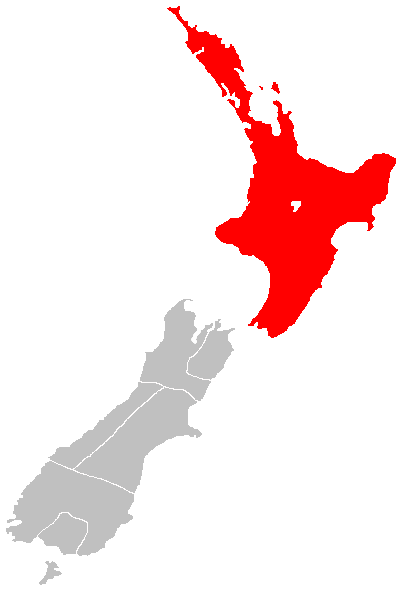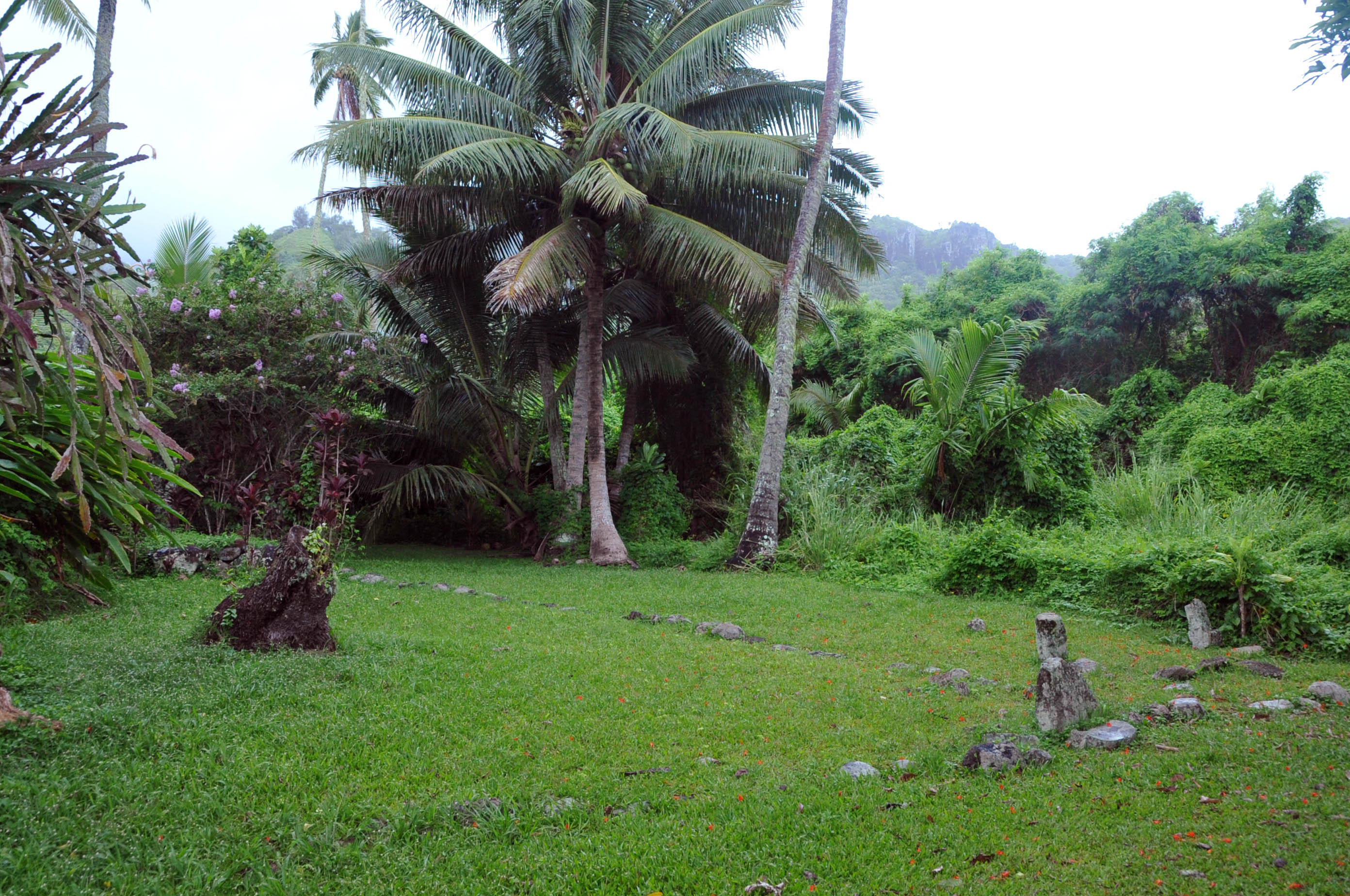|
Tāpapa
Tapapa ( mi, Tāpapa) is a rural community in the Waikato region of New Zealand's North Island The North Island, also officially named Te Ika-a-Māui, is one of the two main islands of New Zealand, separated from the larger but much less populous South Island by the Cook Strait. The island's area is , making it the world's 14th-largest .... Marae The area has two marae. Tāpapa Marae is a traditional meeting ground for the Ngāti Raukawa hapū of Ngāti Tūkorehe, Rangitawhia and Te Rangi. In October 2020, the Government committed $1,259,392 from the Provincial Growth Fund to upgrade Tāpapa Marae and 7 other Ngāti Raukawa marae, creating 18 jobs. Ruapeka Marae and Rangimarie meeting house is a meeting place of the Ngāti Raukawa hapū of Ngāti Tūkorehe. In October 2020, the Government committed $497,510 from the Provincial Growth Fund to upgrade the Ruapeka Marae, creating an estimate 68 jobs. References External links Tirau's official website {{South W ... [...More Info...] [...Related Items...] OR: [Wikipedia] [Google] [Baidu] |
Regions Of New Zealand
New Zealand is divided into sixteen regions () for local government in New Zealand, local government purposes. Eleven are administered by regional councils (the top tier of local government), and five are administered by Unitary authority#New Zealand, unitary authorities, which are territorial authorities of New Zealand, territorial authorities (the second tier of local government) that also perform the functions of regional councils. The Chatham Islands#Government, Chatham Islands Council is not a region but is similar to a unitary authority, authorised under its own legislation. Current regions History and statutory basis The regional councils are listed in Part 1 of Schedule 2 of the Local Government Act 2002 (New Zealand), Local Government Act 2002, along with reference to the ''New Zealand Gazette, Gazette'' notices that established them in 1989. The Act requires regional councils to promote sustainable developmentthe social, economic, environmental and cultural well-bei ... [...More Info...] [...Related Items...] OR: [Wikipedia] [Google] [Baidu] |
Waikato
Waikato () is a Regions of New Zealand, local government region of the upper North Island of New Zealand. It covers the Waikato District, Waipa District, Matamata-Piako District, South Waikato District and Hamilton, New Zealand, Hamilton City, as well as Hauraki Plains, Hauraki, Coromandel Peninsula, the northern King Country, much of the Taupō District, and parts of Rotorua, Rotorua District. It is governed by the Waikato Regional Council. The region stretches from Coromandel Peninsula in the north, to the north-eastern slopes of Mount Ruapehu in the south, and spans the North Island from the west coast, through the Waikato and Hauraki to Coromandel Peninsula on the east coast. Broadly, the extent of the region is the Waikato River catchment. Other major catchments are those of the Waihou River, Waihou, Piako River, Piako, Awakino River (Waikato), Awakino and Mokau River, Mokau rivers. The region is bounded by Auckland Region, Auckland on the north, Bay of Plenty on the east ... [...More Info...] [...Related Items...] OR: [Wikipedia] [Google] [Baidu] |
Territorial Authority
Territorial authorities are the second tier of local government in New Zealand, below regional councils. There are 67 territorial authorities: 13 city councils, 53 district councils and the Chatham Islands Council. District councils serve a combination of rural and urban communities, while city councils administer the larger urban areas.City councils serve a population of more than 50,000 in a predominantly urban area. Five territorial authorities (Auckland, Nelson, Gisborne, Tasman and Marlborough) also perform the functions of a regional council and thus are unitary authorities. The Chatham Islands Council is a ''sui generis'' territorial authority that is similar to a unitary authority. Territorial authority districts are not subdivisions of regions, and some of them fall within more than one region. Regional council areas are based on water catchment areas, whereas territorial authorities are based on community of interest and road access. Regional councils are responsib ... [...More Info...] [...Related Items...] OR: [Wikipedia] [Google] [Baidu] |
South Waikato District
South Waikato District is a Territorial authorities of New Zealand, local government district in the Waikato, Waikato Region of the North Island of New Zealand. It is located between the cities of Hamilton, New Zealand, Hamilton to the north, Rotorua to the east, Taupō, Taupo to the south and Ruapehu District to the west. The seat of the South Waikato District Council is at Tokoroa, the biggest town. The other main towns are Putāruru, Putaruru, Tīrau, Tirau and Arapuni. Populated places South Waikato District consists of the following towns, localities, settlements and communities: * Putaruru Ward: ** ''Arahiwi West''1 ** Arapuni ** ''Hodderville, New Zealand, Hodderville'' ** Lichfield, New Zealand, Lichfield ** Ngatira ** ''North Putāruru, North Putaruru'' ** ''Pinedale, New Zealand, Pinedale'' ** ''Puketurua'' ** Putāruru, Putaruru ** Waotu * Tirau Ward: ** Okoroire ** ''Piarere'' ** Tapapa ** Tīrau, Tirau ** ''Waiomou'' * Tokoroa Ward: ** Kinleith, New Zealand, Kinl ... [...More Info...] [...Related Items...] OR: [Wikipedia] [Google] [Baidu] |
Time In New Zealand
Time in New Zealand is divided by law into two standard time, standard time zones. The main islands use New Zealand Standard Time (NZST), 12 hours in advance of Coordinated Universal Time (UTC) / List of military time zones, military M (Mike), while the outlying Chatham Islands use Chatham Standard Time Zone, Chatham Standard Time (CHAST), 12 hours 45 minutes in advance of UTC / military M^ (Mike-Three). During summer months – from the last Sunday in September until the first Sunday in April – daylight saving time is observed and clocks are advanced one hour. New Zealand Daylight Time (NZDT) is 13 hours ahead of UTC, and Chatham Daylight Time (CHADT) 13 hours 45 minutes ahead. New Zealand's associated states – the Cook Islands and Niue – and the dependent territory of Tokelau use several different time zones at their own discretion. History On 2 November 1868, New Zealand officially adopted a standard time to be observed nationally, and was the first country to do so, ... [...More Info...] [...Related Items...] OR: [Wikipedia] [Google] [Baidu] |
North Island
The North Island, also officially named Te Ika-a-Māui, is one of the two main islands of New Zealand, separated from the larger but much less populous South Island by the Cook Strait. The island's area is , making it the world's 14th-largest island. The world's 28th-most-populous island, Te Ika-a-Māui has a population of accounting for approximately % of the total residents of New Zealand. Twelve main urban areas (half of them officially cities) are in the North Island. From north to south, they are Whangārei, Auckland, Hamilton, Tauranga, Rotorua, Gisborne, New Plymouth, Napier, Hastings, Whanganui, Palmerston North, and New Zealand's capital city Wellington, which is located at the south-west tip of the island. Naming and usage Although the island has been known as the North Island for many years, in 2009 the New Zealand Geographic Board found that, along with the South Island, the North Island had no official name. After a public consultation, the board officially ... [...More Info...] [...Related Items...] OR: [Wikipedia] [Google] [Baidu] |
Marae
A ' (in New Zealand Māori, Cook Islands Māori, Tahitian), ' (in Tongan), ' (in Marquesan) or ' (in Samoan) is a communal or sacred place that serves religious and social purposes in Polynesian societies. In all these languages, the term also means cleared and free of weeds or trees. generally consist of an area of cleared land roughly rectangular (the itself), bordered with stones or wooden posts (called ' in Tahitian and Cook Islands Māori) perhaps with ' (terraces) which were traditionally used for ceremonial purposes; and in some cases, a central stone ' or ''a'u''. In the Rapa Nui culture of Easter Island, the term ' has become a synonym for the whole marae complex. In some modern Polynesian societies, notably that of the Māori of New Zealand, the marae is still a vital part of everyday life. In tropical Polynesia, most marae were destroyed or abandoned with the arrival of Christianity in the 19th century, and some have become an attraction for tourists or archaeol ... [...More Info...] [...Related Items...] OR: [Wikipedia] [Google] [Baidu] |
Ngāti Raukawa
Ngāti Raukawa is a Māori iwi with traditional bases in the Waikato, Taupo and Manawatu/Horowhenua regions of New Zealand. In 2006, 29,418 Māori registered their affiliation with Ngāti Raukawa. History Early history Ngāti Raukawa recognise Raukawa, son of Tūrongo and Māhina-o-rangi, as their eponymous ancestor, who was descended from the settlers of the ''Tainui'' canoe. One of his descendants was Maniapoto, ancestor of the Ngāti Maniapoto iwi. Ngati Raukawa established their ancestral homeland in the Waikato region. In the mid-17th century, the Ngāti Raukawa ''rangatira'' Whāita, Tama-te-hura, and Wairangi conquered the section of the upper Waikato river between Putāruru and Ātiamuri in the Ngāti Raukawa–Ngāti Kahu-pungapunga War. After this war, Wairangi settled the area south of Whakamaru and his descendants, the Ngāti Wairangi, now share Mōkai marae with a number of other hapu. Whāita took the section furthest up the river, around Pōhatu-roa and hi ... [...More Info...] [...Related Items...] OR: [Wikipedia] [Google] [Baidu] |
Hapū
In Māori and New Zealand English, a ' ("subtribe", or "clan") functions as "the basic political unit within Māori society". A Māori person can belong to or have links to many hapū. Historically, each hapū had its own chief and normally operated independently of its iwi (tribe). Etymology The word literally means "pregnant", and its usage in a socio-political context is a metaphor for the genealogical connection that unites hapū members. Similarly, the Māori word for land, whenua, can also mean "placenta", metaphorically indicating the connection between people and land, and the Māori word for tribe, iwi, can also mean "bones", indicating a link to ancestors. Definition As named divisions of (tribes), hapū membership is determined by genealogical descent; a hapū consists of a number of (extended family) groups. The Māori scholar Hirini Moko Mead states the double meanings of the word hapū emphasise the importance of being born into a hapū group. As a metaphor t ... [...More Info...] [...Related Items...] OR: [Wikipedia] [Google] [Baidu] |
Ngāti Tūkorehe (Ngāti Tūwharetoa)
Iwi () are the largest social units in New Zealand Māori society. In Māori roughly means "people" or "nation", and is often translated as "tribe", or "a confederation of tribes". The word is both singular and plural in the Māori language, and is typically pluralised as such in English. groups trace their ancestry to the original Polynesian migrants who, according to tradition, arrived from Hawaiki. Some cluster into larger groupings that are based on (genealogical tradition) and known as (literally "canoes", with reference to the original migration voyages). These super-groupings generally serve symbolic rather than practical functions. In pre-European times, most Māori were allied to relatively small groups in the form of ("sub-tribes") and ("family"). Each contains a number of ; among the of the Ngāti Whātua iwi, for example, are Te Uri-o-Hau, Te Roroa, Te Taoū, and Ngāti Whātua-o-Ōrākei. Māori use the word ''rohe'' to describe the territory or boundaries ... [...More Info...] [...Related Items...] OR: [Wikipedia] [Google] [Baidu] |




